Hot, languorous, sizzling… I was thinking what an ideal show Matthew Bourne’s noir comedy is to watch on a summer’s evening in T-shirt and shorts as you sip a cold beer in a plastic cup and feel all toasty while the garage mechanics are bumping and grinding away at Dino’s Diner. Then the rain started chucking it down outside, the temperature fell, and I found myself ruminating on how a dance show feels different if you’ve just been watching it, rather than feeling it in your skin and body.
The great thing about Bourne’s choreographic style is that it feels like something you might have done yourself during some summer in your life. It is not the kind of dance that is way beyond your pay grade, like some of the dancing by the ballet superstars in the Ardani gala at the weekend.
But while The Car Man is a show to quaff with enjoyment at the time, it doesn’t have a very long finish in the mind. This is unlike several of Bourne’s other productions. Partly that’s because he is trying to pull off something like a sex farce in the first half, and then a film noir thriller in the second. If you don’t ask the two parts to hang together, it’s fine.
Having supped full on danced sex-simulations since the raunchy 1980s, I concede I’m probably more quickly jaded by the insistent copulation motif in The Car Man’s Act 1 ensembles, since there are not 69 variants, whatever they say. It’s from the front, from the back, sideways or upside down, basically. And if the music’s tempo doesn’t allow for the normal need to start in first gear, followed by an accelerando and a post-coital pause while everyone considers whether to share a cigarette or to make a complaint, then you can feel as if you’re witnessing a colony of rabbits rather than people.
Most spectators, however, haven’t had the exposure I have and the audience went wild, and so perhaps will you. Subtitled ‘Bizet’s Carmen Re-Imagined’, it is an ingenious thing. Bourne, who has attentive ears, took the percussive, stress-filled Rodion Shchedrin ballet-suite, which is of itself an ideal garage soundtrack, and cooked it up with the garage film noir, The Postman Always Rings Twice. The sexually liberated tobacco queen is reborn as the amoral loner who strides into Lana’s comatose trailer-trash marriage to arouse the demons of sexual appetite and turn her into a mythic murderer.
As you would expect, Bourne’s devilish lothario doesn’t confine himself to ladies, and this allows for the melodramatic twist in which the crime is pinned on an innocent, allowing a different hero to take centre stage. He, if you like, is Don José, and part two is an expert embroidery on the opera plot; in particular, the way Bourne has developed his relationship with the Micaela figure in this revival has given the show some emotional depth. But it’s a pity that Luca, the destructive intruder, loses his Luciferian menace and becomes just a gaudy low-lifer.
The old cars, neon signs and gas pumps, trailer trash vests and hot little dresses, zestfully designed by Lez Brotherston and lit by Chris Davey, make the stage great fun to look at. Composer Terry Davies lets out the tight seams of the Shchedrin serviceably — the original parts remain distinct — but overall the rhythms do hammer fairly heavily, as Bourne favours lots of thigh-smacking on the beat.
Pulp fiction for dance, then, but there are strong performances to relish, men in particular. On opening night the superbly irritable Alan Vincent, the original Luca in 2000, played Dino the cuckold, sweaty, heavy and cross, which is funny, given his resemblance to Bourne. Chris Trenfield cut an ideally louche Luca, delivering his sizzling opening solo with maximum danger, and Liam Mower was perfectly angelic as Angelo, adding a creamy balletic grace to his wretched solo in handcuffs.
Bourne’s ubiquity as the master of popular dance theatre is being threatened by his partner, Arthur Pita. Pita’s black comedy for the former Bolshoi Ballet whizz kids Natalia Osipova and Ivan Vasiliev, Facada, was the highlight of the Russian-organised Ardani Dance Gala (just as Pita’s was the best of Watson and Whelan at the Linbury the other week). His imagination is even cleverer than Bourne’s, if in smaller parcels, and his glee knocked the spots off the effortful toilers Alastair Marriott and Marcelo Gomes, who’d made the other two ballets.
In Pita’s joyfully evil little entertainment, a peculiar Portuguese minstrel (the matchless Frank Moon) wanders about while Osipova prepares breathlessly for a florid wedding to her lunkhead fiancé, Vasiliev, to the icy disapproval of her staggeringly elegant mother, Elizabeth McGorian. The tiffs are turned into electric dance. There are buckets of tears, really, and Osipova shows her brilliant comic gifts, as sobbing maiden becomes merciless maenad. Sadly, Vasiliev’s part is mostly doltish, which he does much too well for his own good. But now I’ve got the indelible memory of one of the two greatest Spartacuses I’ve ever beheld rather unbelievably reincarnated in this stocky, contagiously amusing little office boy.
Got something to add? Join the discussion and comment below.
Get 10 issues for just $10
Subscribe to The Spectator Australia today for the next 10 magazine issues, plus full online access, for just $10.
You might disagree with half of it, but you’ll enjoy reading all of it. Try your first month for free, then just $2 a week for the remainder of your first year.

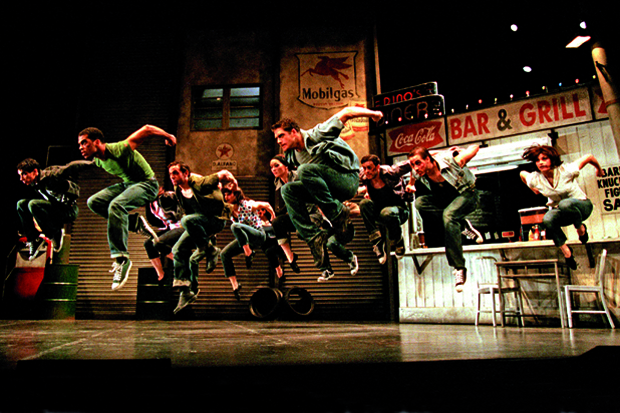
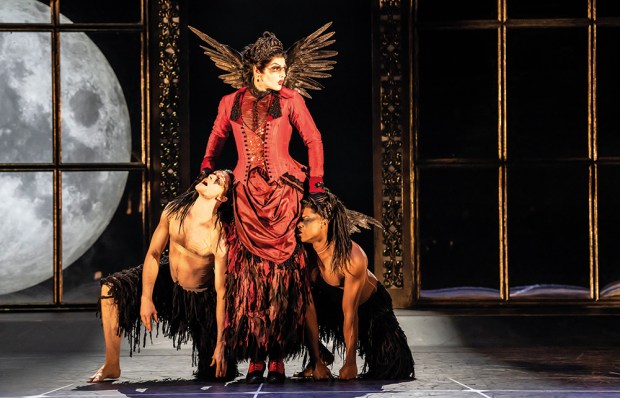
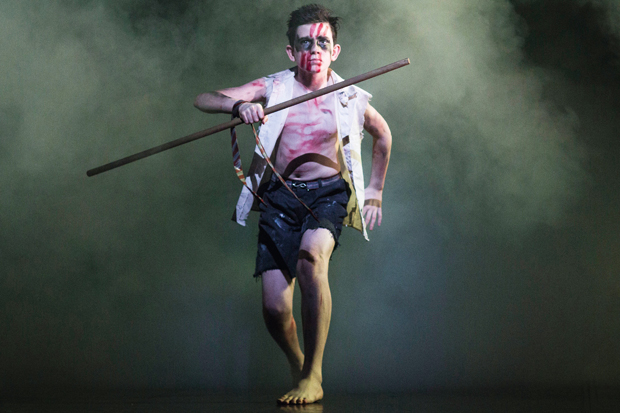
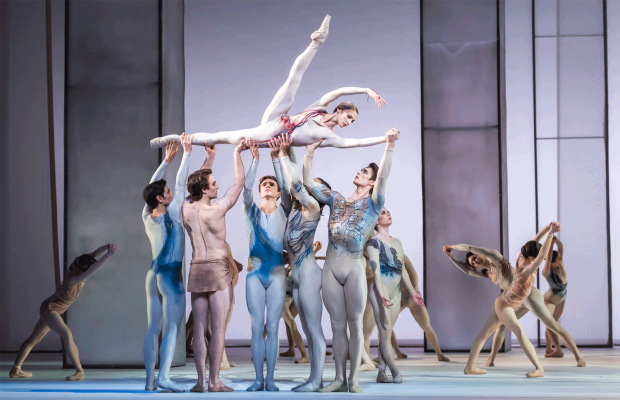

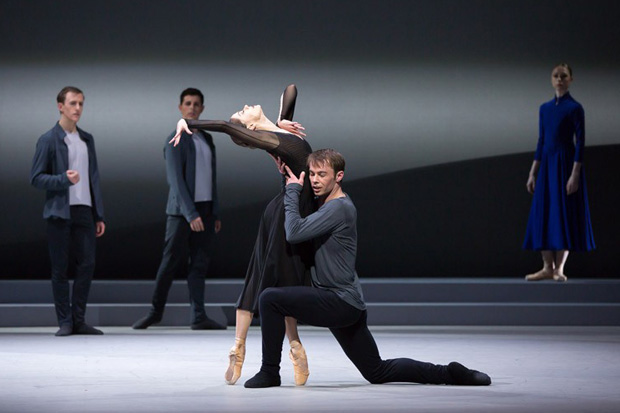
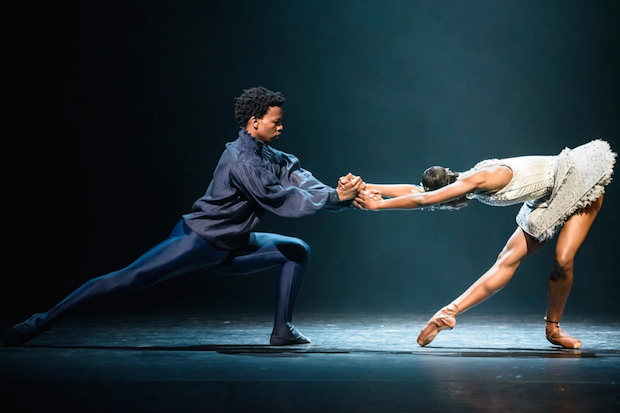






Comments
Don't miss out
Join the conversation with other Spectator Australia readers. Subscribe to leave a comment.
SUBSCRIBEAlready a subscriber? Log in